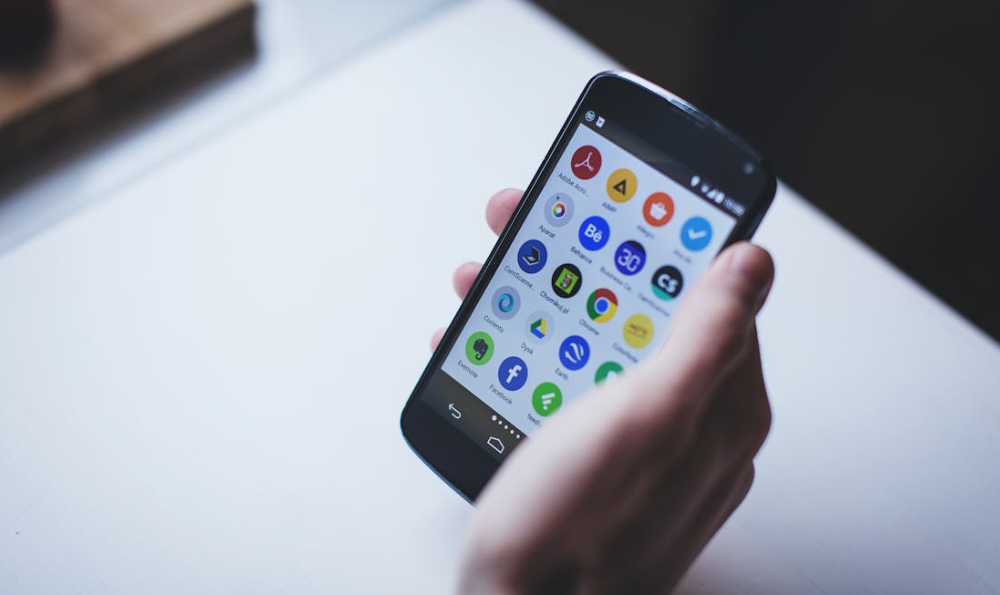How to Market a Mobile App Successfully

Have an jaw-dropping mobile app concept but don’t know how to market it? Having an attractive app is just one factor in the equation; The real problem is getting people to download it and making sure that your voice will raise above myriad other applications in this market segment where no pulling rank is possible.
This guide provides proven strategies for marketing a mobile app – from creating pre-launch hype and ensuring users long-term retention; whether it is your first product or an effort from previous efforts past. Turning these insights into action will support the success of your application.
Start With a Strong Pre-Launch Strategy
Identify Your Target Audience
Before anything else, take time to understand who your app is for. Conduct detailed audience research to determine the demographics, interests, and pain points of your ideal users. Ask questions like:
- What problem does my app solve?
- Who would benefit the most from using it?
- How does my app compare to competitors addressing the same issue?
Tools like Google Analytics, Answer the Public, and social media polls can help you gather insights about your audience. A clear target audience allows you to craft messaging tailored to attract the right users.
Research Competitors
Study other apps in your category. Figure out their strengths, weak points and marketing methods. See what they are saying about their app in the app store description, what customers think, as well as how active they are on social media. This kind of research will enable you to find holes in the market and plant your app within it.
For instance, if you are launching a meditation app: How do competitors such as Calm or Headspace convey their unique value to potential users? Seeing what the top guys are doing can give you valuable lessons for your own strategies. Y.
Build a Buzz Before Launch
Generate excitement before launching your app by teasing its release. This can be done through a combination of tactics, including:
- Social Media Announcements: Share teasers, behind-the-scenes updates, or a countdown to launch on platforms like Instagram, Facebook, or Twitter.
- A Landing Page: Create a simple website with an email sign-up form to collect leads. Offer exclusive pre-launch updates to subscribed users.
- Beta Testing Programs: Invite select users to test your app before its launch. Not only do you gain valuable feedback, but you also create early advocates for your product.
A strong pre-launch strategy ensures you’re not starting from scratch when your app becomes available to download.
App Store Optimization (ASO)

Choose the Right Keywords
App store optimization is the most important thing, if no one can find your app here, then it will be difficult for them to ever find it! You use tools like Appeal or Sensor Tower to check the best keywords for your app. Keywords must meet certain conditions before they can be considered in the list. They’re important that they are relevant to the purpose of your app – it needs to make sense and be readily identifiable with what people expect from that type of thing – but also have a high volume of searches on search engines with remaining little competition from other websites.
Evidence suggests that off-topic keywords will be penalized, but it’s still too early to tell exactly what is being targeted. If your company makes a fitness tracker, then these keywords- “workout log” and also “exercise app” as well as “health tracking”-fall exactly into the categoriespecific vocabulary that we must have. Therefore make sure to incorporate in your name, description and meta data of the app.
Craft an Attention-Grabbing App Store Listing
Your app store listing is your elevator pitch. Make it count! Include:
- Compelling Title: Choose a short, unique title that reflects your app’s purpose.
- Eye-Catching Icon: Create a clean, memorable design that stands out.
- Screenshots and Videos: Showcase your app’s functionality and design through high-quality visuals. Include captions to describe features.
Also, ensure your app description is concise, engaging, and full of benefits. For example:
“Track your workouts effortlessly and achieve your fitness goals with [App Name]. Syncs seamlessly with wearables and offers personalized coaching!”
Encourage Reviews and Ratings
Positive reviews significantly impact app store rankings. Prompt users to leave reviews by using in-app notifications at the right time, such as after a major achievement or milestone within the app.
Use a Multi-Channel Marketing Approach
Leverage Social Media
Social media is a fantastic way to directly engage with your target audience. Here are some ideas:
- Educational Content: Post videos or infographics showing how to use your app.
- User-Generated Content: Encourage users to share their experiences and tag your account.
- Collaborations: Partner with influencers in your app’s niche to expand your reach.
Platforms like Instagram, TikTok, and Twitter often work best for visually appealing and shareable app content.
Run Paid Campaigns
Utilize paid advertising to gain exposure quickly. Platforms like Google Ads, Facebook Ads, and Apple Search Ads allow precise targeting based on demographics, interests, and behaviors.
- For display ads, focus on engaging visuals that capture attention.
- Use compelling ad-copy to emphasize what makes your app unique.
For example, “Get organized like never before. Try [App Name] for free today!”
Email Marketing
Don’t underestimate the power of a well-crafted email. Send personalized communication to your subscribers, including app updates, feature highlights, and special offers.
If you’ve collected emails during your pre-launch phase, use this as an opportunity to re-engage those users and encourage downloads.
Focus on Retention Over Downloads
Onboard New Users Effectively
A smooth onboarding process increases the likelihood that users will continue using your app. Offer:
- A quick walkthrough of key features.
- Tips or tutorials for first-time users.
- Personalized recommendations based on user preferences.
Onboarding is your chance to show value and create a lasting impression.
Use Push Notifications Strategically
Push notifications can re-engage inactive users when used wisely. Avoid spamming users with unnecessary alerts and focus on providing value. For example, a gaming app might send reminders for time-sensitive rewards, while a meditation app might encourage a relaxing session during stressful times.
Regularly Update Your App
Continuously improve your app based on user feedback. Roll out updates with bug fixes, new features, and enhancements. Communicate these updates to your users to show them that you’re invested in providing the best experience.
Measure Your Success

Track key performance indicators (KPIs) to measure the effectiveness of your marketing efforts. Metrics to monitor include:
- App Downloads
- Monthly Active Users (MAU)
- Churn Rate
- User Retention Rate
- Conversion Rate (from free trials to paid subscriptions)
Use analytics tools like Firebase, Mix panel, or Adjust to gather data and refine your strategy based on insights.
Build a Loyal Community
Finally, foster a sense of community around your app. Engage with your users on social media, respond to reviews in app stores, and create forums or online spaces for discussions. A loyal user base can become your app’s biggest advocates, promoting it through word-of-mouth.
Take Your App Marketing Strategy to the Next Level
If you want to promote your mobile app well, you have to be strategic, creative and use good data-based decisions. When your app enters the telephone software shop, just consulting your grinning friends is not enough. For yes, this guide can teach you the tips to help you get out of a blaze of advertising and become Nokia’s next big hit. You need a video that is seen constantly by the target population. A girl wearing chic digital corsages dances around in her room but then accidentally locks her unlockable home screen and faces it towards the floor, so cute! You can use an interactive medium (you come up with something original) or even provide your own suggestions at times. Ready to take the first step? Put these methods into action today. See for yourself how quickly your app grows!





